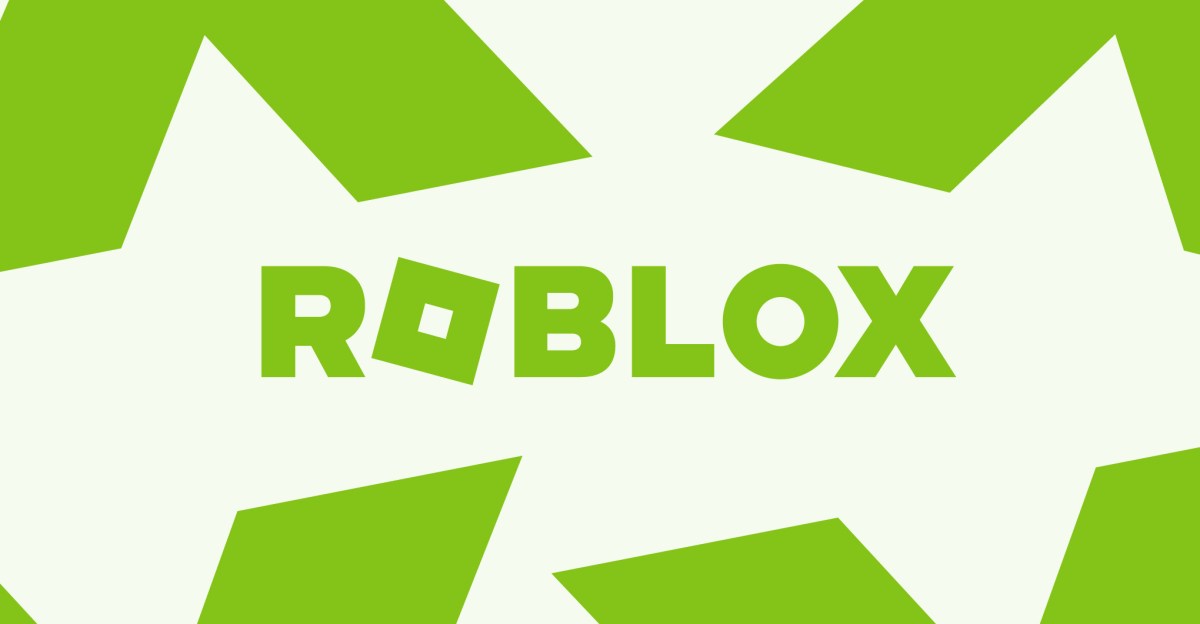Roblox’s Struggle: Is It Really Just a Game or a Social Media Platform?
As Roblox continues to expand its reach, the company faces scrutiny from lawmakers questioning its classification. This ongoing debate raises critical issues about the nature of online interaction and the responsibilities of gaming platforms. With millions of users engaging daily, the question becomes increasingly pertinent: is Roblox merely a game, or has it evolved into a full-fledged social media platform?
The Rise of Roblox
Roblox, launched in 2006, has grown exponentially over the years. Initially a platform for game creation, it has transformed into a vibrant community where players can build, share, and play games created by others. With over 200 million active users, Roblox isn’t just a game; it’s a bustling universe filled with creativity and social interaction.
Players can create avatars, customize their appearance, and interact with others in various virtual environments. This level of interaction is akin to social media platforms, where users connect, communicate, and share experiences. The platform is designed to foster creativity, allowing users to script their games using the Lua programming language, enabling a more dynamic and engaging experience.
Understanding the Nature of Interaction on Roblox
One of the core elements that has led to the debate about Roblox’s classification is the nature of interaction on the platform. Unlike traditional games, where interaction is primarily limited to gameplay, Roblox offers a myriad of social features:
- Chat Features: Users can communicate with each other through text chat, fostering friendships and social networks.
- User-Generated Content: Players can create their own games and experiences, which can be shared with the community.
- Events and Collaborations: Roblox hosts events and collaborations with brands, attracting a wide audience and enhancing user engagement.
This level of interaction leads many to view Roblox as more than just a gaming platform. It acts as a social hub where users can connect, collaborate, and engage with one another in a manner reminiscent of social media. But what does this mean for the responsibilities of the platform?
The Legal Scrutiny and Classification Debate
As Roblox has gained popularity, lawmakers have started to scrutinize its operations. The question arises: should Roblox be classified as a gaming platform or a social media site? This classification is crucial as it dictates the regulatory framework that applies to it. Social media platforms face different regulations than gaming platforms, particularly concerning user safety, data protection, and content moderation.
Lawmakers are particularly concerned about the safety of younger users on Roblox. With a significant portion of its user base being children, issues such as cyberbullying, inappropriate content, and online predators have come to the forefront. Advocates argue that, as a platform facilitating social interaction, Roblox should bear more responsibility for protecting its users.
Implications of Classification
If classified as a social media platform, Roblox would be subject to stricter regulations, including:
- Enhanced Safety Protocols: Requirements for more robust moderation tools to prevent harassment and abuse.
- Data Privacy Regulations: Compliance with laws protecting children’s online data, such as the Children’s Online Privacy Protection Act (COPPA).
- Content Liability: Greater accountability for the content created by users on the platform.
Conversely, if Roblox remains classified as a gaming platform, it may face less stringent regulations but could still be criticized for its handling of user interactions and safety measures. This dichotomy presents a significant dilemma for the company and requires careful navigation.
Roblox’s Response to the Challenge
In response to the scrutiny, Roblox has taken steps to enhance user safety and content moderation. The company has implemented various features aimed at protecting its younger audience, including:
- Chat Filters: Advanced algorithms to filter out inappropriate language and content in chats.
- Parental Controls: Tools for parents to manage their children’s gaming experience, including privacy settings and friend requests.
- Reporting Mechanisms: Easy-to-use reporting tools for users to flag inappropriate behavior or content.
Roblox’s commitment to user safety is commendable, but it raises questions about the balance between fostering creativity and ensuring a safe environment. Finding this balance is essential as the platform continues to evolve.
The Future of Roblox: Game, Social Media, or Both?
The future of Roblox remains uncertain as it grapples with its identity. As the platform continues to grow and innovate, it may continue to blur the lines between gaming and social media. This evolution could lead to even greater user engagement and new opportunities for content creators.
Moreover, the ongoing debate about its classification could prompt Roblox to further enhance its features and safety measures. By adopting a proactive approach, the platform can ensure it meets the needs of its users while also complying with any potential regulatory changes.
Embracing the Dual Identity
Roblox’s challenge may lie in embracing its dual identity. As both a gaming platform and a social interaction site, the company has the unique opportunity to redefine what it means to be a social gaming platform. This could involve:
- Innovative User Engagement: Creating new ways for users to interact, collaborate, and share experiences beyond just gaming.
- Community Building: Fostering a sense of community through events, challenges, and collaborations with existing social media platforms.
- Educational Opportunities: Utilizing its platform for educational purposes, teaching users about online safety and digital citizenship.
In conclusion, Roblox’s struggle with its classification highlights the complexities of modern online interaction. As the lines between gaming and social media continue to blur, Roblox has the opportunity to lead the way in redefining the gaming experience while ensuring the safety and well-being of its users. The platform’s ability to adapt to this challenge will determine its future and influence the broader landscape of online interaction.
See more Future Tech Daily

